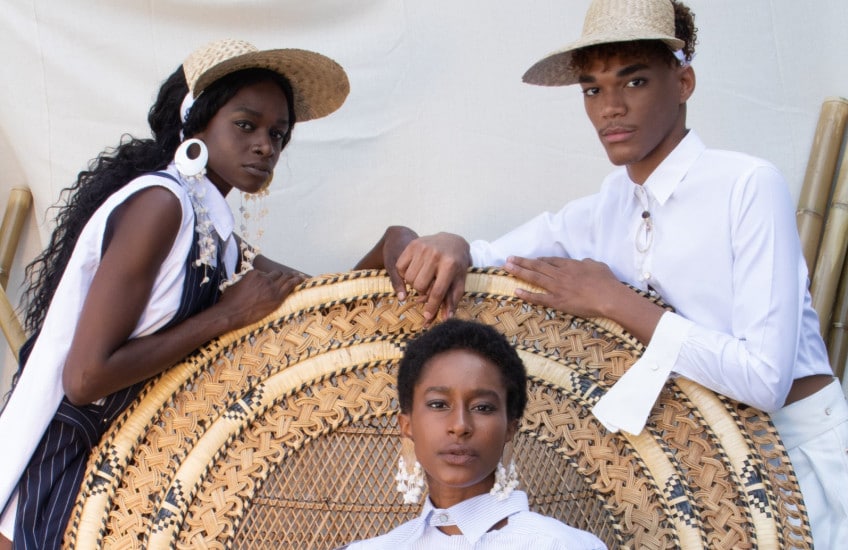
Conservation and Science in History Is Rarely Black or White
History Is Rarely Black or White is an exhibition grounded in interdisciplinary collaboration.
Exhibition curator Jason Cyrus, and conservator Anne-Marie Guérin, have examined the material culture of Agnes’s antique cotton garments through archival research, conservation, and scientific analysis. Guérin worked closely with Megan Creamer and Dr. Emy Kim at the Queen’s University Department of Art Conservation to investigate cotton elements in the garments selected for exhibition display.
Guérin then worked with Evelyne Leduc and Dr. Dan Layton-Matthews, analysts at the Queen’s University Facility for Isotope Research, to locate the geographic source of the cotton. Based on these findings, Cyrus and Guérin have mapped a supply chain that connects garments at Agnes to resource extraction, Indigenous displacement, the Transatlantic Slave Trade and the Underground Railroad.
Cotton permeated all aspects of the clothing industry in the 1800s. It was used in notions, linings, fabric blends, and to create entire garments. Many of these elements are difficult to identify with the naked eye. The scientific examination of garments allows us to verify the presence of cotton and where it came from.
Garments from the Queen’s University Collection of Canadian Dress were examined using a Hirox microscope to identify fibers, methods of construction or alteration, and other potentially useful information.
Agnes collaborated with the Queen’s Facility for Isotope Research (QFIR) to determine the origin of the cotton fiber used in the 1800s cotton garments of the Queen’s University Collection of Canadian Dress. Testing of the garment cotton threads has finished and the raw data generated is currently undergoing analysis. Results are to be announced shortly.
Isotopic analysis refers to the measurement of certain stable isotopes from various chemical elements within organic and inorganic compounds, with comparison to the natural abundance expected in nature from a known substance. Isotopic analysis can be used to reconstruct past environmental and climatic conditions, investigate human and animal diets in the past, conduct forensic analysis in criminal cases where human identification is needed, and many other applications. Evelyne Leduc, an analyst at the Queen’s Facility for Isotope Research, conducted tests on the Agnes cotton garments, while the data was interpreted by Dr. Dan Layton-Matthews, co-director of the Facility.


































